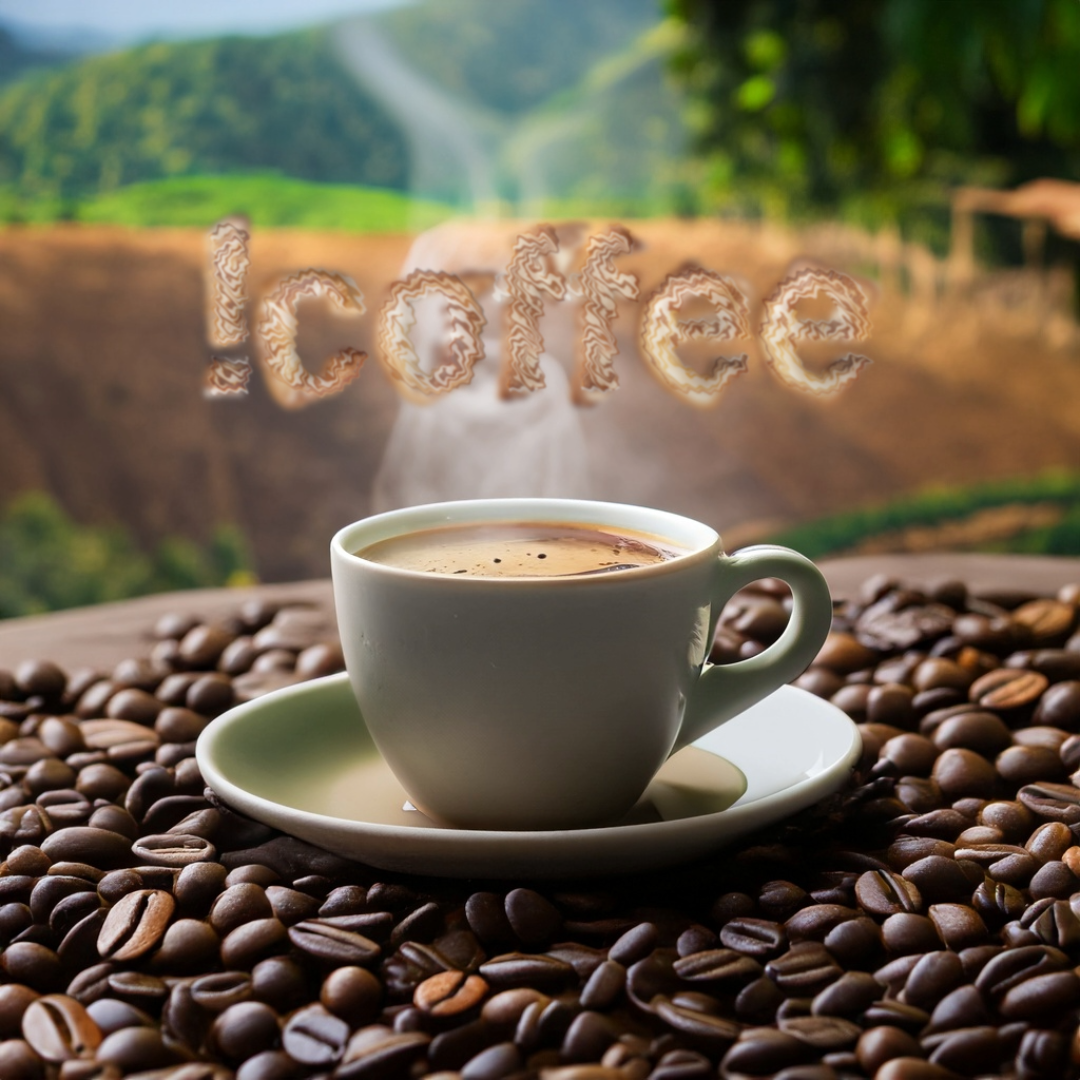I had never really thought about using an immersion brewer as a pure pour-over device but just had a mind blowing honey process Ethiopian, and I noticed barista was brewing it in a Hario switch with the switch open the whole time. Tasted as good as a v60 brew to me. I’ve been wanting to try immersion brewing for a while. I get the sense this forum and many others lean more strongly towards the clever dripper. I imagine that device could also be kept open and used as a pour-over. Do you think an open Hario switch basically IS a v60? That sounds like the ultimate multi-Tasker to me. Am I missing something here? Any thoughts on the perceived lean toward clever? I’ve ruled out the plastic version and would be looking at glass clever vs switch.


In theory, there is a difference. Can people taste the difference? Probably some can. Can I? Don’t think so. If you’re really good at tasting, and you care about differences like this, then go for it.
I know that I enjoy my fruity specialty coffee, and it’s clearly different from the popular light roast available at my local supermarket. Is the difference really worth 5x price? Not every day, since the difference in taste and quality isn’t really that big for me.
Similarly, you have to assess can you even taste the difference. If you can, is it really worth it to you. The only way to know for sure, is to make a cup with each method, and compare them side by side.
Agree with experimenting, but also appreciate the experience of others and an understanding of the physics as that can help me buy less stuff and save some time.
For pour over the shape difference between flat and conical is noticeable, but that’s not surprising as the way the moving water interacts with the filter and grindbed is substantially different. For immersion, where you are Just holding the water in contact with the entire bed and then draining down through the filter, I have a hard time grasping that the final few seconds of draw down makes much difference relative to the minutes spent in suspension. I’ve been wrong once or twice before though.
From the perspective of chemical equilibriums, there is a clear difference.
In a normal V60, the solid bed is constantly fed with fresh water, while the permeate is also removed at roughly the same rate. This means, that it’s unlikely that the grinds would even come close to an equilibrium with the water phase. If you want to maintain maximum rate of extraction for all compounds, this is the way to do it. In the short term, it makes sense to do so, because that’s how you make delicious coffee. However the longer you keep irrigating, the less useful it gets.
Immersion brewing leads to a situation where different compounds will begin to approach an equilibrium. If that happens, the rate of extraction will slow down, which can be good or bad depending on the compound you’re talking about.
Fortunately though, sugars tend to extract rather quickly whereas compounds responsible for bitter notes require more time. The problem is, I don’t really know if any of them will come close to an equilibrium in immersion brewing.